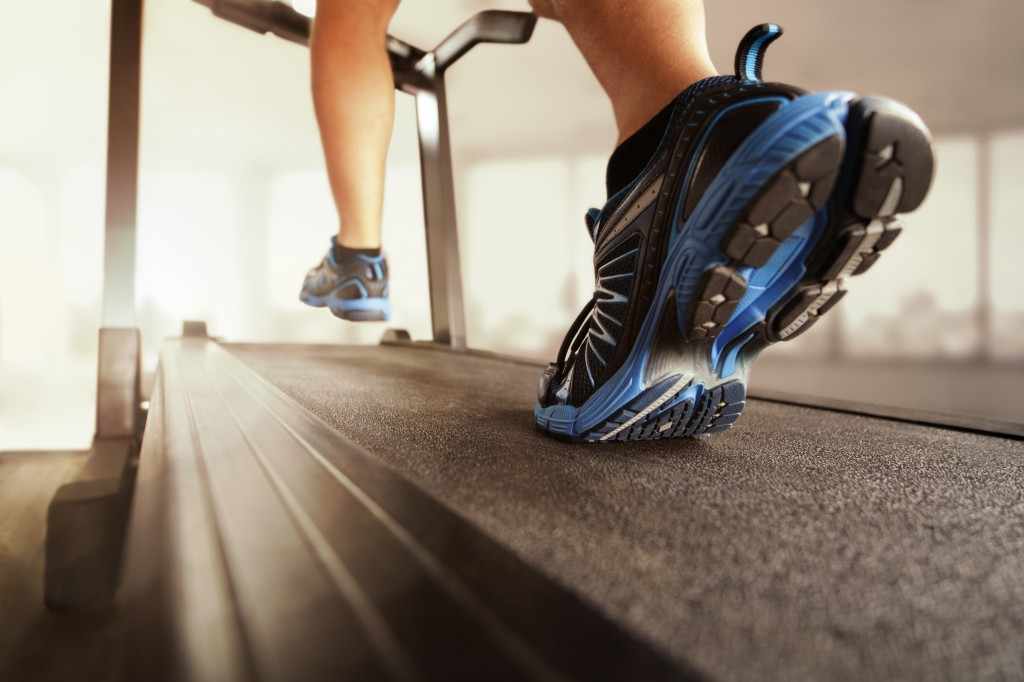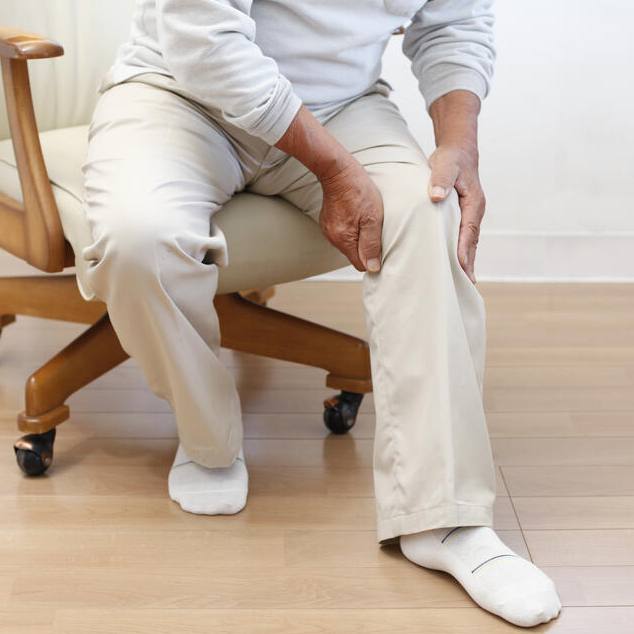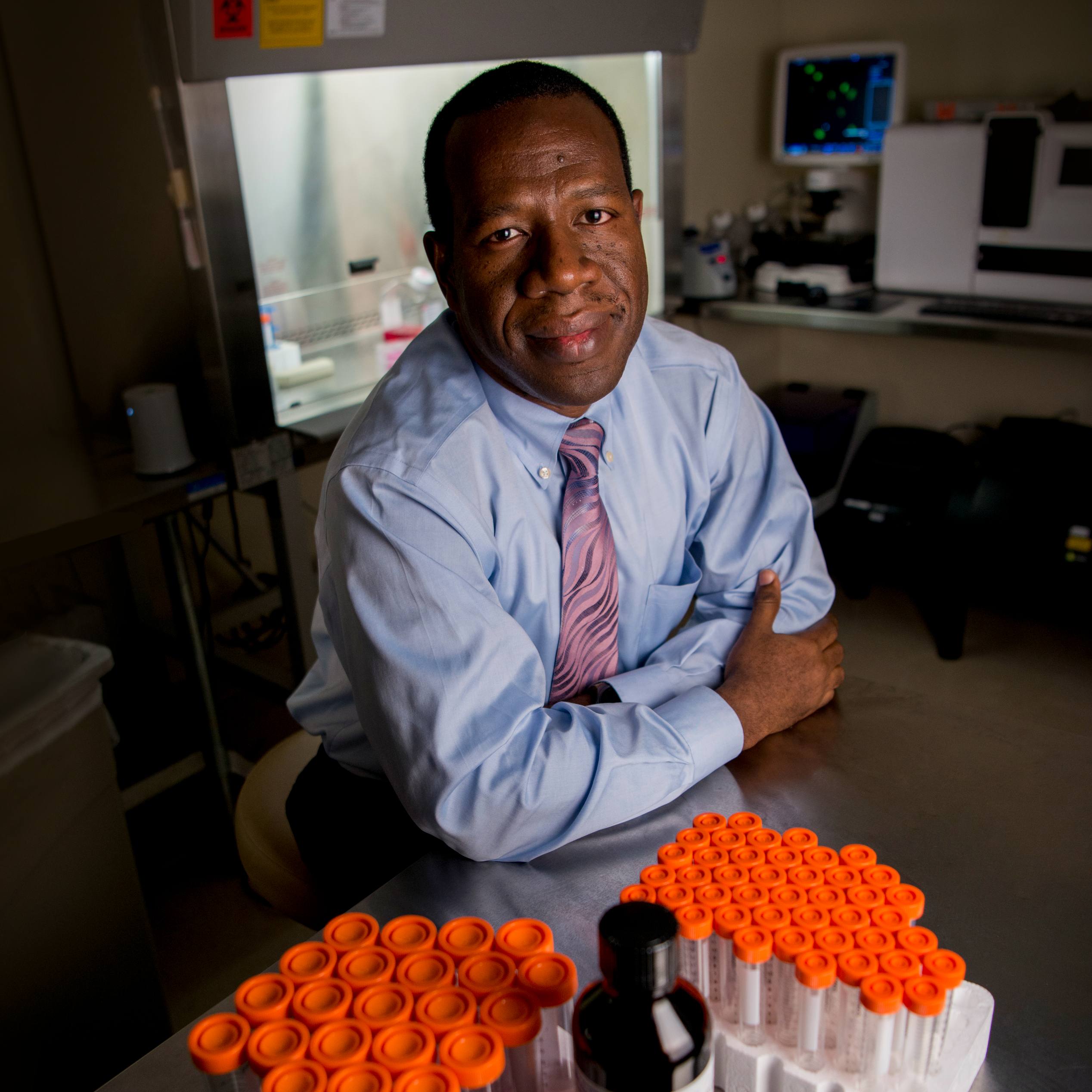 ROCHESTER, Minn. — Everyone knows that exercise is good for you, but what type of training helps most, especially when you’re older - say over 65? A Mayo Clinic study says it’s high-intensity aerobic exercise, which can reverse some cellular aspects of aging. The findings appear in Cell Metabolism.
ROCHESTER, Minn. — Everyone knows that exercise is good for you, but what type of training helps most, especially when you’re older - say over 65? A Mayo Clinic study says it’s high-intensity aerobic exercise, which can reverse some cellular aspects of aging. The findings appear in Cell Metabolism.
Mayo researchers compared high-intensity interval training, resistance training and combined training. All training types improved lean body mass and insulin sensitivity, but only high-intensity and combined training improved aerobic capacity and mitochondrial function for skeletal muscle. Decline in mitochondrial content and function are common in older adults.
High-intensity intervals also improved muscle protein content that not only enhanced energetic functions, but also caused muscle enlargement, especially in older adults. The researchers emphasized an important finding: Exercise training significantly enhanced the cellular machinery responsible for making new proteins. That contributes to protein synthesis, thus reversing a major adverse effect of aging. However, adding resistance training is important to achieve significant muscle strength.
“We encourage everyone to exercise regularly, but the take-home message for aging adults that supervised high-intensity training is probably best, because, both metabolically and at the molecular level, it confers the most benefits,” says K. Sreekumaran Nair, M.D., Ph.D., a Mayo Clinic endocrinologist and senior researcher on the study. He says the high-intensity training reversed some manifestations of aging in the body’s protein function. He cautioned that increasing muscle strength requires resistance training a couple of days a week.
The study’s goal was to find evidence that will help develop targeted therapies and exercise recommendations for individuals at various ages. Researchers tracked metabolic and molecular changes in a group of young and older adults over 12 weeks, gathering data 72 hours after individuals in randomized groups completed each type of exercise. General findings showed:
- Cardio respiratory health, muscle mass and insulin sensitivity improved with all training.
- Mitochondrial cellular function declined with age but improved with training.
- Increase in muscle strength occurred only modestly with high-intensity interval training but occurred with resistance training alone or when added to the aerobic training.
- Exercise improves skeletal muscle gene expression independent of age.
- Exercise substantially enhanced the ribosomal proteins responsible for synthesizing new proteins, which is mainly responsible for enhanced mitochondrial function.
- Training has no significant effect on skeletal muscle DNA epigenetic changes but promotes skeletal muscle protein expression with maximum effect in older adults.
Co-authors on the article are all from Mayo Clinic:
- Matthew Robinson
- Surendra Dasari, Ph.D.
- Adam Konopka
- Matthew L. Johnson
- Manjunatha Shankarappa, M.D.
- Raul Ruiz Esponda
- Rickey Carter, Ph.D.
- Ian Lanza, Ph.D.
The research was supported by several grants from the National Institutes of Health, as well as by Mayo Clinic, the Robert and Arlene Kogod Center on Aging and the Murdock-Dole Professorship.
###
About Mayo Clinic
Mayo Clinic is a nonprofit organization committed to clinical practice, education and research, providing expert, whole-person care to everyone who needs healing. For more information, visit http://www.mayoclinic.org/about-mayo-clinic or https://newsnetwork.mayoclinic.org/.
MEDIA CONTACT
Bob Nellis, Mayo Clinic Public Affairs, 507-284-5005, newsbureau@mayo.edu







